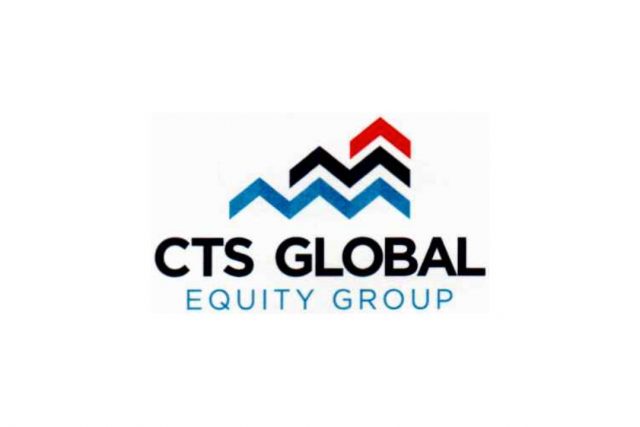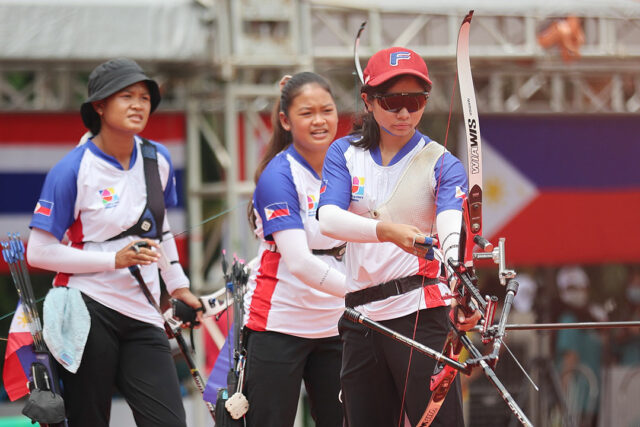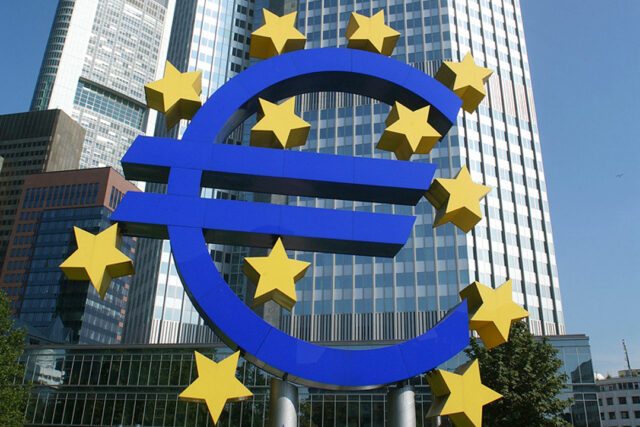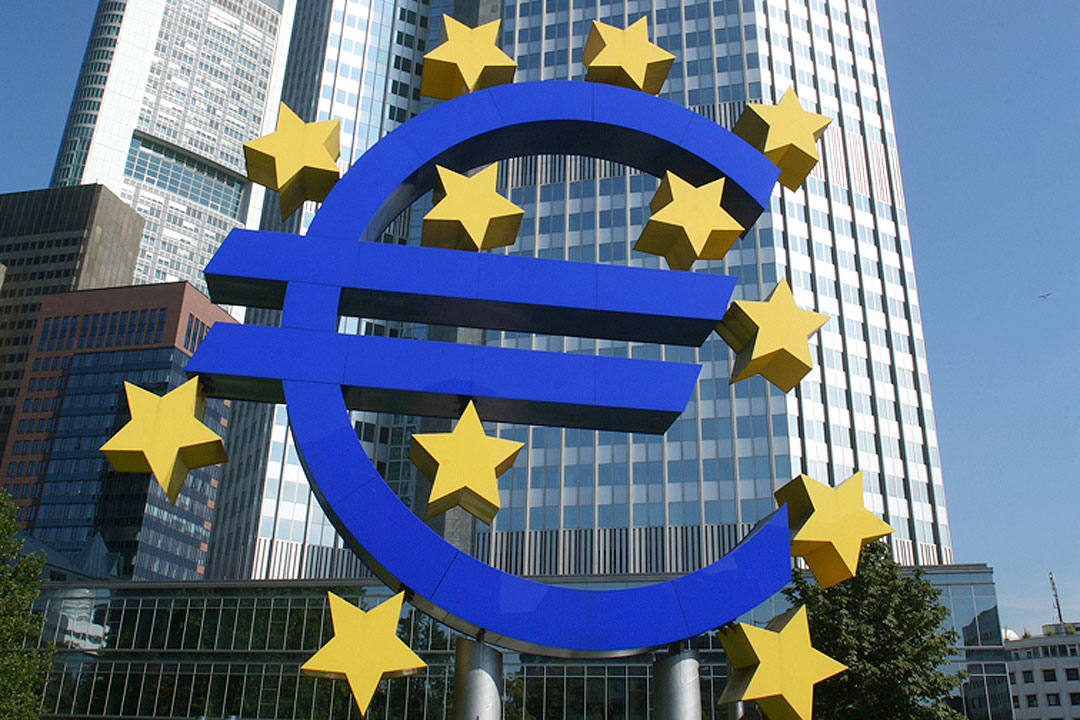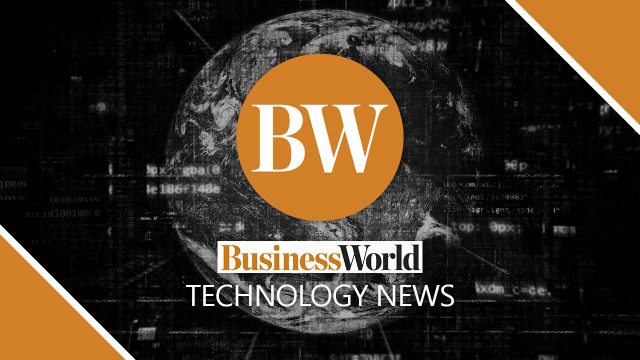Dining In/Out (05/19/22)
Sheraton Manila Bay unveils new bar
SHERATON Manila Bay has unveiled the first &More by Sheraton outlet in the Philippines at the hotel’s newly renovated main lobby. &More by Sheraton is part bar, part coffee shop, and part market. It is a central pillar of the Sheraton brand’s vision of gathering people, transitioning guests and diners seamlessly from day to night with food and beverage options that are locally sourced, easy to consume while working, and customizable to accommodate all tastes and schedules. The &More by Sheraton boasts of a contemporary, upscale interior that features a bar, market display, extensive pastry counter, and energy zone with a basketball ring, private booths with electrical socket and comfortable seating for maximum productivity, a community table, and a private meeting room. &More by Sheraton also aims to showcase local culture and heritage by featuring local artists and talents. &More by Sheraton is located at the Main Lobby, Sheraton Manila Bay, M. Adriatico cor. Gen Malvar Sts. Malate, Manila.
McDo launches Caramel Popcorn drinks
MCDONALD’S has released all-new, limited-edition Caramel Popcorn drinks. For iced coffee enthusiasts, there is Iced Coffee with Caramel Popcorn Syrup and Iced Latte with Caramel Popcorn Syrup. There is also the Coffee Float with Caramel Popcorn Syrup and Coke Float with Caramel Popcorn Syrup. Customers who redeem their Caramel Popcorn drinks with the McDonald’s app will get up to P21 off. From May 18 to June 20, customers can get two Caramel Popcorn Iced Coffees for P99; and two Caramel Popcorn Coffee Floats for P129. The Iced Coffee with Caramel Popcorn Syrup, Coffee Float with Caramel Popcorn Syrup, and Coke Float with Caramel Popcorn Syrup are now available at McDonald’s branches for Dine-In, Take-Out, and McDelivery, and at Desserts Kiosks too. Meanwhile, the Iced Latte with Caramel Popcorn Syrup is available for Dine-In, Take-Out, and McDelivery at McDonald’s branches with McCafé outlets.
Jollibee’s Peach Mango Pie gets bigger
JOLLIBEE is introducing the new Large Peach Mango Pie. “With the introduction of the Large Peach Mango Pie, we found an opportunity in which we could make one of our most popular menu items, the Peach Mango Pie, into something that retains its iconic goodness and crispiness, but giving customers a bigger flavor experience,” said Bea Bediones, Jollibee Marketing’s Brand Manager for Pies. The Large Peach Mango Pie is available in all stores nationwide for P 45 Solo, and P132 for 3 Pies To-Go. They are available for delivery via the Jollibee Delivery App, JollibeeDelivery.com, or #87000, and are also available in Drive-Through and Take Out.
Solane offers tips for new parents
COOKING gas brand Solane is offering to help new parents dealing with the trial-and-error nature of raising a tiny human by offering tips on how parents can eat well with minimum fuss and avoid fast food deliveries. Here are nutritious meals first-time parents can easily prepare: Wraps — to make a basic wrap, heat up a tortilla wrap, put the savory filling (as simple as reheated beef, pork, or chicken or canned tuna), then add some greens and vegetables; One-Pot meals — get your fill of grains, vegetables and protein in one go with rice bowls, pasta or casserole dishes; Heat-and-Eat meals — cook your favorite ulam on a weekend, divide them into several portions good for one meal, store them in the fridge, then simply pop in the microwave when it is time to eat. Solane suggests checking out these sites for meal ideas: https://www.tasteofhome.com/collection/sandwich-wrap-recipes/, https://www.budgetbytes.com/category/recipes/one-pot/, and https://www.budgetbytes.com/meal-prep-101-a-beginners-guide/ . To order Verified Solane LPG, customers may call the Hatid Bahay Hotline — (02) 8887-5555, send a message to 0918-887-5555 (Smart) / 0917 8977555 (Globe) or the Solane Facebook page, or place their orders through the Solane app. Customers may also place an order through the Web Ordering Platform.







